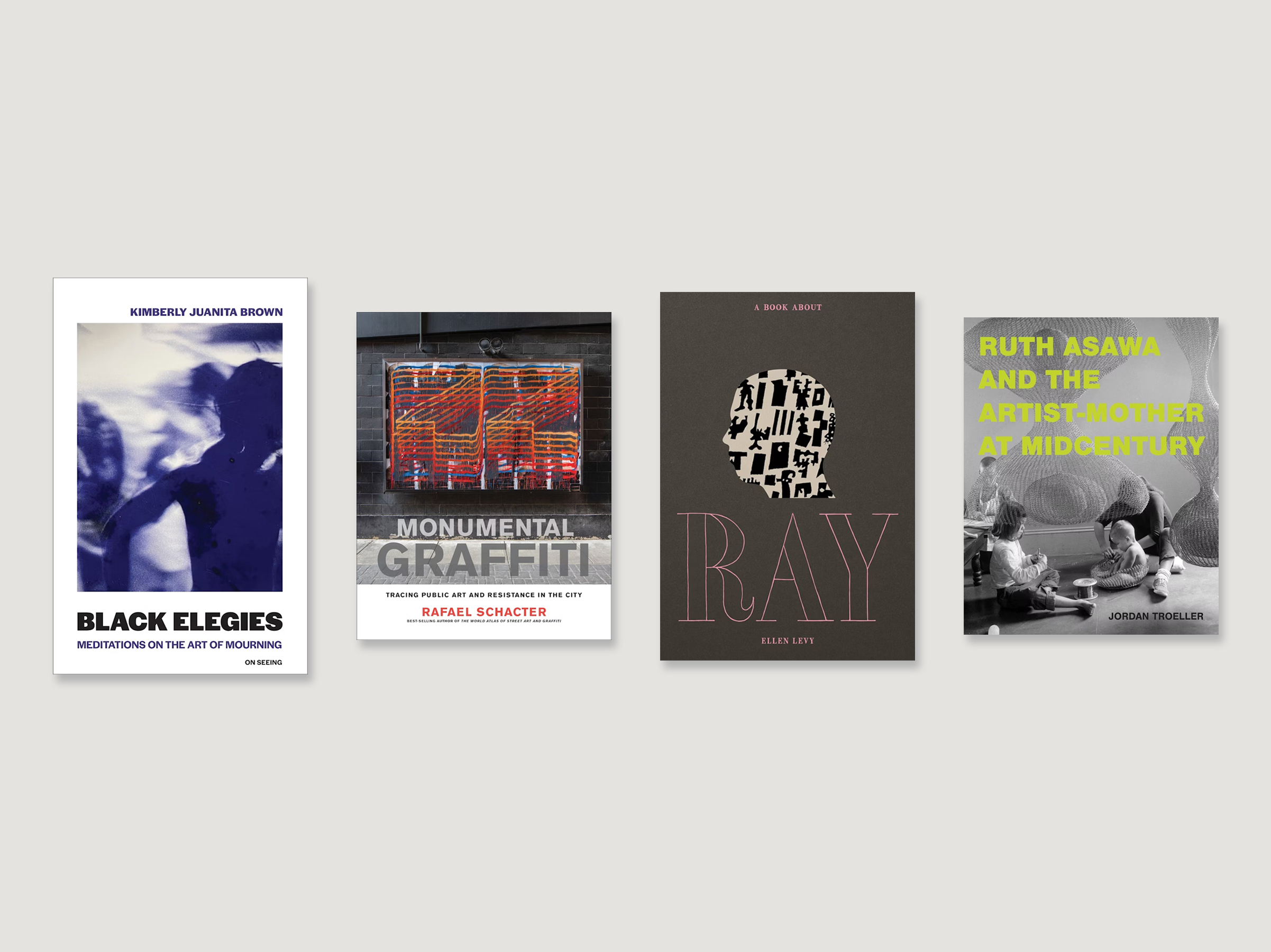“Visual culture is central to meaning making, and meaning making is central to the production of knowledge. The books we publish at the MIT Press probe the ways that visual culture is inscribed with power, and they unflinchingly examine what is at stake in that power. They amplify understudied subjects; they advance the field through inclusive contributions to knowledge; and they reveal how what we see — and what remains hidden from view — is related to equity and justice. Our readers know that visual culture is never neutral.”
—Victoria Hindley, Design and Visual Culture, Acquisitions Editor

Black Elegies by Kimberly Juanita Brown is an unflinching study of black grief as a form of elegy. Brown asks: How do you mourn those you are not supposed to see? And where does the grief go? She shows us that grief is everywhere: “It spills out of photographs and modulates music. It hovers in the tenor and tone of cinematic performances. It resides in the body like an inspired concept, waiting for its articulation.”

In Monumental Graffiti, curator and anthropologist Rafael Schacter focuses on the material, communicative, and contextual aspects of graffiti and monuments to provide a timely perspective on public art, citizenship, and the city today. Applying monument as a lens to understand graffiti, and graffiti as a lens to comprehend monument, he challenges readers to consider what the appropriate monument for our contemporary world could be.

Ray Johnson (1927–1995), aka “New York’s most famous unknown artist,” was notorious for the elaborate games he played with art world institutions, soliciting their attention even as he rejected their invitations. In A Book about Ray, Ellen Levy offers the first comprehensive study of the artist who turned the business of career-making into a tongue-in-cheek performance, tracing his artistic development from his arrival at Black Mountain College in 1945 to his death in 1995.

For most of modern history, artmaking was pitted against caretaking. But in San Francisco in the 1950s and 1960s, a group of artists gathered around Ruth Asawa (1926–2013) began to reject this dominant narrative. In Ruth Asawa and the Artist-Mother at Midcentury, Jordan Troeller analyzes how their labor as mothers fueled their labor as artists, redefining key aesthetic concerns of their era, including autonomy, medium specificity, and originality.
To learn more about these new releases and other books from the MIT Press, visit mitpress.mit.edu.

